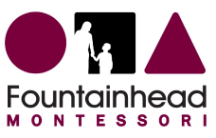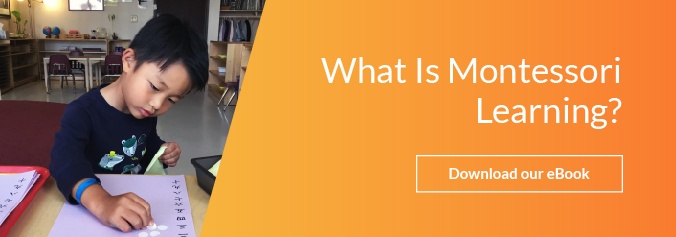There are a number of important factors to consider as you explore Montessori school for your child. You need to make sure that the program is a good fit for your child now and in the future. The factors that impact whether or not it is a good fit are wrapped up in the educational philosophy of the program. The Montessori Philosophy puts an emphasis on meeting the individual learning needs of each child. This element of the Montessori Philosophy directly impacts the number of students in the classroom.
Why does class size matter?
In Montessori school, class size matters because it has a direct impact on the amount of time each student gets with the teacher. The design of Montessori school is to provide each student with an individualized learning plan. The teacher interacts with and observes each student. Over time, the teacher gets a sense of where the child is academically and what he or she needs inside the classroom. This design simply does not work if the classroom is packed with thirty kids and one teacher. One teacher cannot interact meaningfully with that many students. It is important to keep the size of classes down if your goal is to have your child in a program that provides individualized instruction.
What is the typical class size in public programs?
The typical class size in public programs has increased over the years. As areas become more populated, the schools have to accommodate the growing number of children. In many areas, there simply are not enough teacher or space to keep the student to teacher ratio low. In the state of California, the average class size is close to 25 students with a max of 30 allowable in certain situations.
What is the typical ratio of children to teachers in a Montessori School?
As mentioned above, keeping the ratio of children to teachers low in the Montessori classroom is something that aligns with the overall Montessori Philosophy. Private Montessori programs have a lot of freedom when it comes to how they design the classroom. Some Montessori programs follow the Montessori Method more closely than others. It is also important to note that many Montessori programs put more than one teacher in the classroom. So, while there may be what seems like a lot of students, the fact that there are multiple teachers decreases the student to teacher ratio. At Fountainhead Montessori School, the ratio of children to teachers is as low as 3:1 in the preschool group and can get as high as 12:1 in the kindergarten age group. For the older kids, class size is capped at 24 and, in that scenario, there will be at least two teachers in the classroom.
The ratio of children to teachers is an important factor to consider. Explore the reasoning behind the classroom design in Montessori school in order to understand why things are the way they are. It can also help to observe a class in person in order to see how the teachers and students interact with one another inside the Montessori classroom.












Let us know what you think about this post
Put your Comment Below: